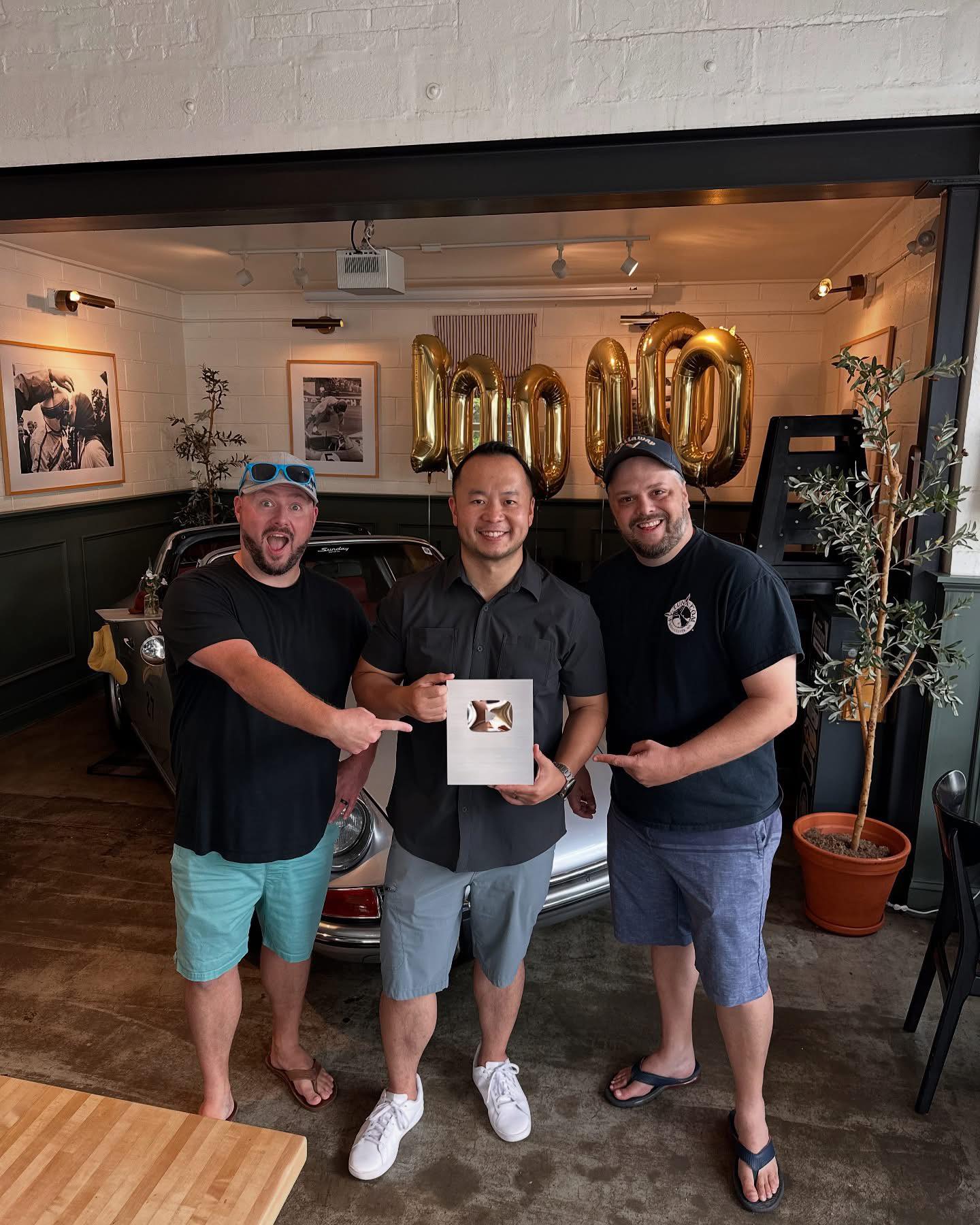


Chad Kennedy
Gregson Mathe
Hansen Lukman
Shifting Lanes was founded by three friends with a shared passion for cars. Through the years we have had many project cars, automotive adventures, the passion and enthusiasm for all things cars has remained at the core of Shifting Lanes.
Our bread and butter has always been Hansen's fair, unbiased reviews that aim to provide the viewer everything they need to make an informed buying decision.
Shifting Lanes Garage features Gregson Volvo mega enthusiast and provider of the finest automotive news. Chad, Mustang enthusiast, covers cool automotive history, motorsports stories, cool engines and pretty much everything else.
For comments, concerns, business inquiries, or anything else, please reach out to us at:
contact@shiftinglanes.com